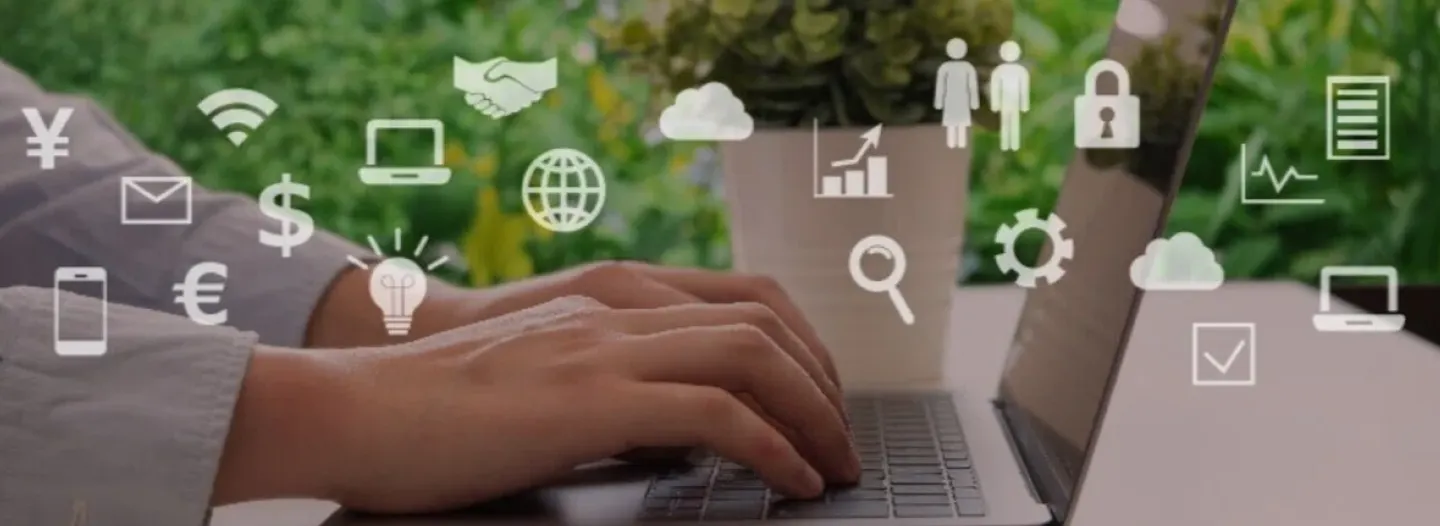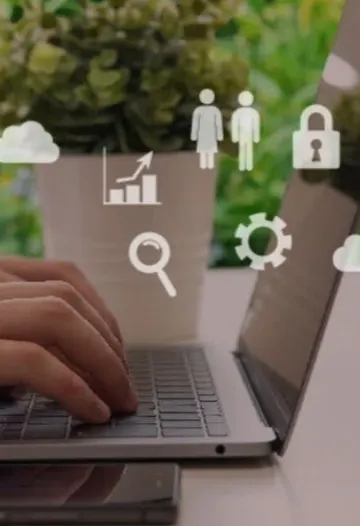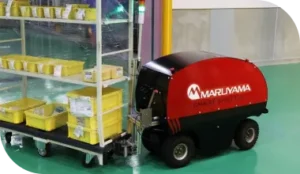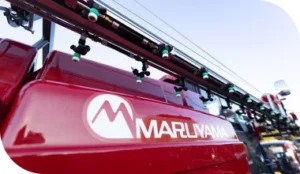From Early Experiments to Real-Time Precision
IoT—short for “Internet of Things”—refers to the concept of connecting physical devices to the internet to collect and exchange data. While this technology is now embedded in everything from home electronics to industrial equipment, its early use was surprisingly limited due to slow internet speeds and high communication costs.
As Mr. Suzuki from Maruyama’s IoT Promotion Division explains, even back in the early 2000s, the fundamental concept of IoT was possible—but not practical. At that time, remote-controlled robots and monitoring systems were being trialed, but the technology simply wasn’t mature enough.
Fast forward to today: the same capabilities now fit onto a microcontroller board smaller than a business card, costing as little as 1,000 yen (7 USD). With improved wireless communication and low-cost hardware, IoT has become accessible, scalable, and powerful—prompting Maruyama to formally launch its IoT initiative.
Smarter Maintenance Through Real-Time Data
Maruyama’s first step into IoT began with experimentation: testing what could be achieved using just a 1,000-yen(7-USD) microcontroller. In collaboration with the sales team, the mission became clear – “Let’s build machines that won’t break.”
One outcome of this initiative is the integration of IoT-enabled hour meters that track machine usage in real time. Previously, this data had to be manually logged—leaving room for error or omission. Now, usage hours are automatically captured and linked to an online system, allowing precise and proactive maintenance scheduling.
This innovation not only improves the reliability of Maruyama’s professional-grade machinery but also reduces maintenance errors and ensures that servicing happens at exactly the right time.
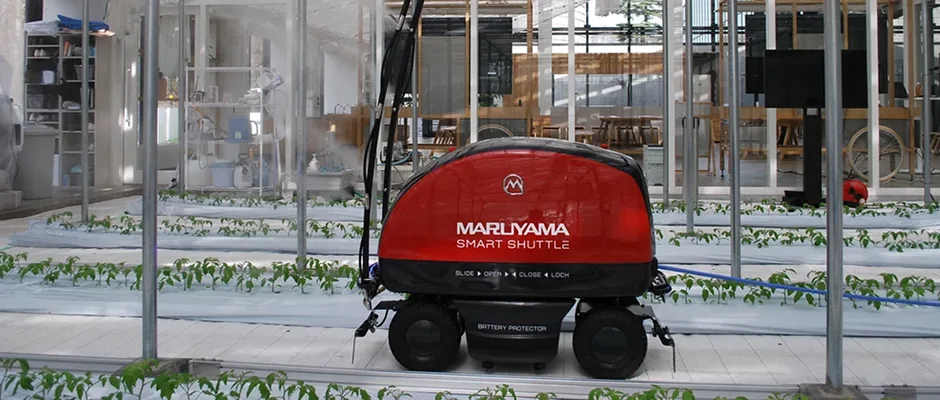
Beyond GPS: The Smart Shuttle Robot
Maruyama’s commitment to innovation was on full display with the concept launch of the Smart Shuttle, a self-driving agricultural sprayer introduced at the Kubota Agri Front showroom. What makes it groundbreaking? It navigates autonomously even in GPS-denied environments like greenhouses.
The Smart Shuttle uses stereo cameras combined with AI to visually analyze its surroundings—measuring distances and choosing routes just like the human eye. In the near future, Maruyama plans to integrate IoT features into the Smart Shuttle as well, enabling it to record and verify completed tasks.
What’s Next for Maruyama’s IoT Vision?
Currently, IoT integration is limited to select models, but Maruyama aims to expand its reach across all product categories—from outdoor power equipment (OPE), to pump systems, to ride-on agricultural machines.
Mr. Suzuki shares his long-term vision:
“By analyzing usage trends by region and season, and combining that with big data, we can develop better products and services. Our goal is to build machines that don’t break—no matter what you ride, carry, or install.”
He adds that working with new technologies is deeply fulfilling:
“It’s exciting to turn ideas that were once impossible into reality. We’re already prototyping new solutions, and we look forward to sharing them with the world.”
Maruyama continues to invest in IoT to improve product performance, reduce downtime, and shape the future of agriculture, safety, and environmental technology.
